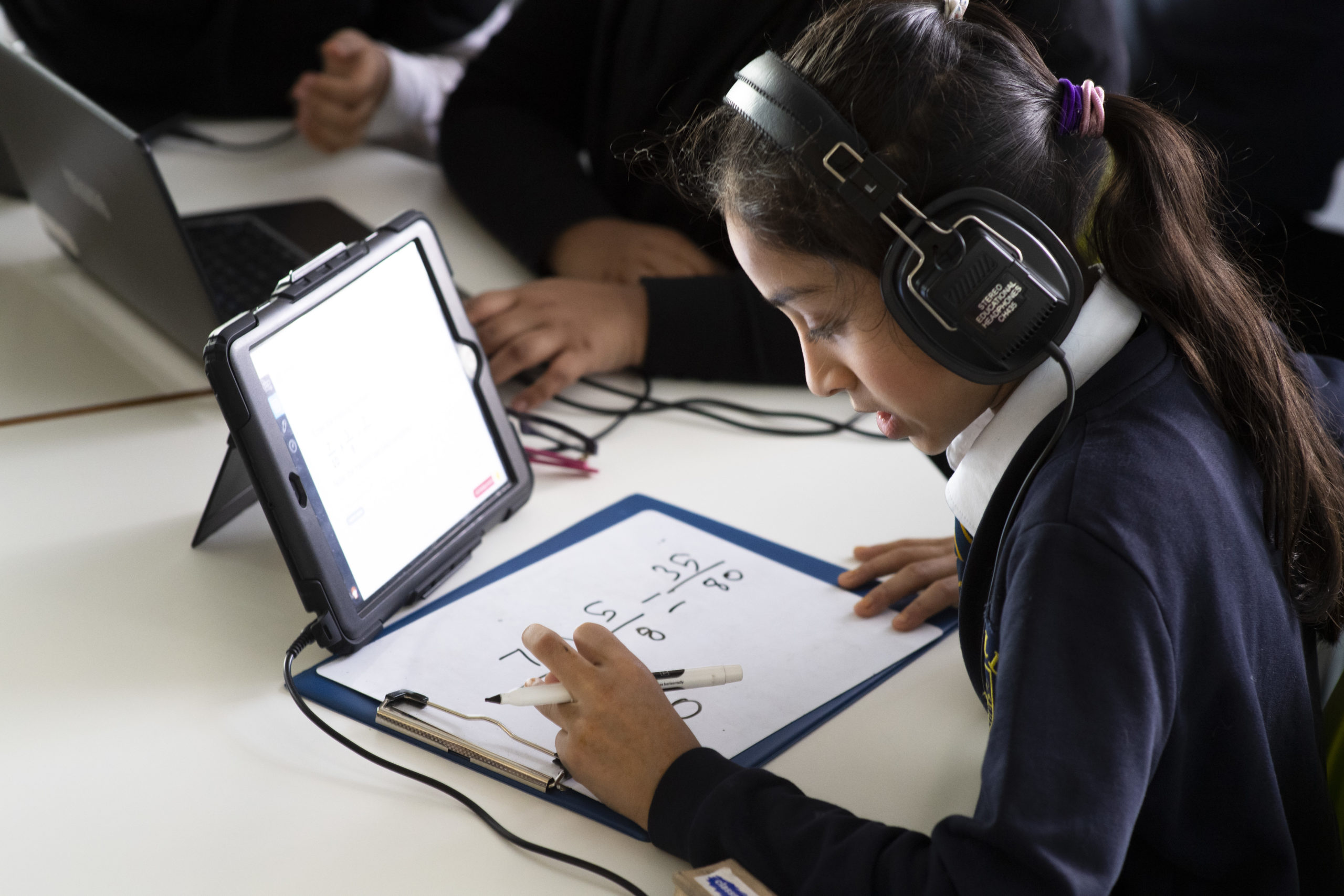Estimated reading time: 8 minutes
Over the last two years, teachers have integrated technology into their teaching in more varied and innovative ways than ever before. In this blog post, we take a look at six of the ways teachers are using CENTURY in the classroom to support their lessons.
1. To put learning into practice
Once you have introduced and explained a new topic, you can assign pupils a relevant nugget on CENTURY to provide them with practice and to assess how much they have understood. The question sets will assess the pupils’ level of understanding and provide you with instant data, while the slideshows and videos will allow them to take another look at the content being covered if they get stuck.
If learners are working at different levels within a class, assigning pupils different nuggets allows you to subtly differentiate their work, stretching high-attaining learners without demotivating those who are struggling.
For example, while some learners may be ready for a nugget on analysing similes, others may benefit from first completing a nugget on identifying similes. They will not be able to see that they have been assigned different work, but every learner will be able to make progress within the same session despite having different starting points.
'CENTURY is forward-thinking in the way that children’s work is pitched and differentiated. Teachers know that they won’t have to look for a different resource for different ability levels because the personalised pathways will always be at the right level for each child.’ — Victoria Brownhill, Assistant Headteacher, Tipton Green Junior School
2. To immediately address misconceptions
Getting pupils to work through a nugget on CENTURY in the classroom provides you with the opportunity to use live data to target misconceptions without relying on pupils to tell you exactly what they do or don’t understand.
You will be able to see not only which questions students answer correctly, but exactly how long they spent on each question and what incorrect answers they gave. This allows you to identify their exact misconceptions and address them in the lesson.
‘One of the things we do in the classroom is to get a group of children, or even the whole class, working on CENTURY, because the live feedback we get from that is amazing. Using our teacher iPads, we can tell how well they’re doing, who's doing what, how they’ve answered questions, where they’ve gone wrong and we can pick out misconceptions more easily.’ — Karl Cross, Barrowford Primary School
3. As part of a blended learning approach
CENTURY can be used to support a blended learning approach, for example as part of the station rotation model. This is very simple to implement: students simply need a device to log into, and to either work through their personalised pathway or nuggets that are relevant to the topic of the lesson. A full set of devices are not needed for this model.
If you want to carry out a practical activity which only a limited number of pupils can do at a time (perhaps due to limited numbers of equipment), CENTURY can also be used as a productive activity for the pupils to get on with until equipment becomes available.
For example, while one group of students are creating a circuit, you might assign the remaining pupils a ‘Circuits and Symbols’ nugget and swap halfway through the lesson.
‘Increasingly with science, it’s been useful to implement as part of a blended learning approach, so you’ve got some children using the electricity equipment practically and another group completing some related nuggets on CENTURY to allow the sharing of equipment.’ — Sarah Lamble, Year 6 Teacher, Redlands Community Primary School
4. To consolidate prior learning
CENTURY can be used to consolidate prior learning. Completing a nugget on a topic that may have been covered earlier in the term, or year, can help with retention. Ongoing practice helps students to lock learning into their long term memories, and can help inform your future planning. For example, if pupils perform poorly in a nugget on a topic in which they seemed confident at the time of teaching, you may decide to recap this with either individual pupils or a whole class.
As the question sets, slideshows and videos are all available at the click of a button, you can integrate retrieval into your teaching without increasing your workload.
‘Setting students a nugget on a topic that has been previously learned is also a time-efficient way for teachers to provide the children with multiple spaced out opportunities to retrieve what they’ve learned, be it during morning work, or joined to the beginning of their subject-specific lesson.’ — Ben Cooper, Primary Principal, GEMS Wellington Academy
5. To introduce a new topic
With 1,000s of resources created by our team of experienced teachers to choose from, our videos and slideshows can be used as an initial introduction to a new topic. This allows teachers to spend less of their time on content creation.
‘CENTURY has massively helped with teacher workload as the resource creation is no longer needed and there is no need to find an “appropriate video” for the “appropriate Key Stage” with the ‘“appropriate challenge”. CENTURY takes care of everything.’ — Muhammed Patel, Associate Assistant Principal, Tauheedul Islam Boys’ High School
6. To target support
If you have some learners who are ready to move on from a topic and others who require a little bit more support, the former can be encouraged to work through their pathway on CENTURY while you focus on supporting the latter. If there is something particular you would like pupils to be working on, you can also assign them specific nuggets to complete.
This ensures that every child is making progress, either by gaining more practice on the topic you are teaching, getting started with a new topic or by plugging their gaps in knowledge on CENTURY.
‘When we're in the classroom, we use it to free ourselves up, because of that instantaneous marking, because of those AI recommended pathways, which extend and are adaptive – these give us more time to be face-to-face with the pupils. That is what we want – to be able to invest more time in them individually.’ — Mike Waller, Director of Studies, Cottesmore School
Book a demo to find out more about how CENTURY can help to enhance the teaching and learning at your school or college.





